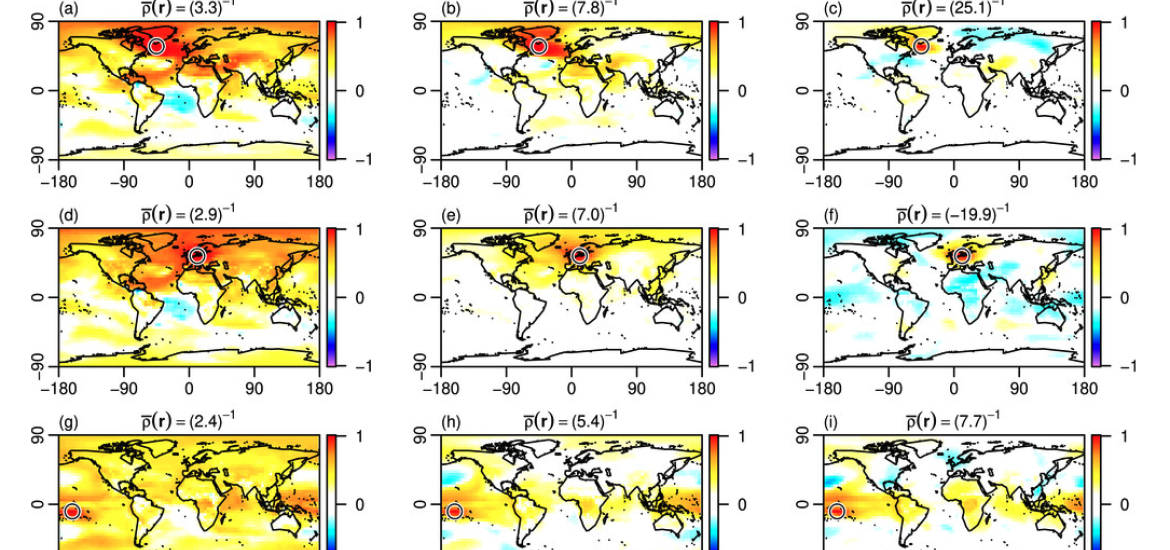- Home
- All News Overview
- Two New Publications By The CVAS Working Group

Tuesday, 5 March, 2024
The Climate Variability Across Scales (CVAS) working group, now in their 3rd phase, published two new papers in 2023.
"Biome- and timescale-dependence of Holocene vegetation variability in the Northern Hemisphere"
Published in Ecology and Evolution, Hébert R et al. explore the impact of global climatic changes on vegetation disturbances and ecosystem services in the coming centuries. By analyzing a global fossil pollen dataset from the Holocene period, the researchers use principal component analysis to characterize vegetation variability on multi-decadal to millennial timescales. The findings reveal increasing fluctuations in vegetation composition, with open-land vegetation exhibiting higher variability compared to forests. Needleleaf forests are more variable on shorter timescales, while broadleaf forests show greater variability on longer timescales, possibly influenced by fire regimes affecting vegetation stability.
"The quandary of detecting the signature of climate change in Antarctica"
Nature Climate Change
Human-induced global warming is expected to have a more pronounced impact in polar regions, known as polar amplification. In Antarctica, where temperature changes are challenging to assess due to limited weather observations and substantial climate variability, a study using 78 ice-core records reveals a high-resolution reconstruction of temperatures spanning the past 1,000 years. Casado M et al.'s research provides evidence of Antarctic polar amplification at both regional and continental scales. It emphasizes that existing climate models, such as CMIP5 and CMIP6, fail to capture the magnitude of natural and forced variability, potentially underestimating the extent of anthropogenic warming and its consequences in Antarctica.